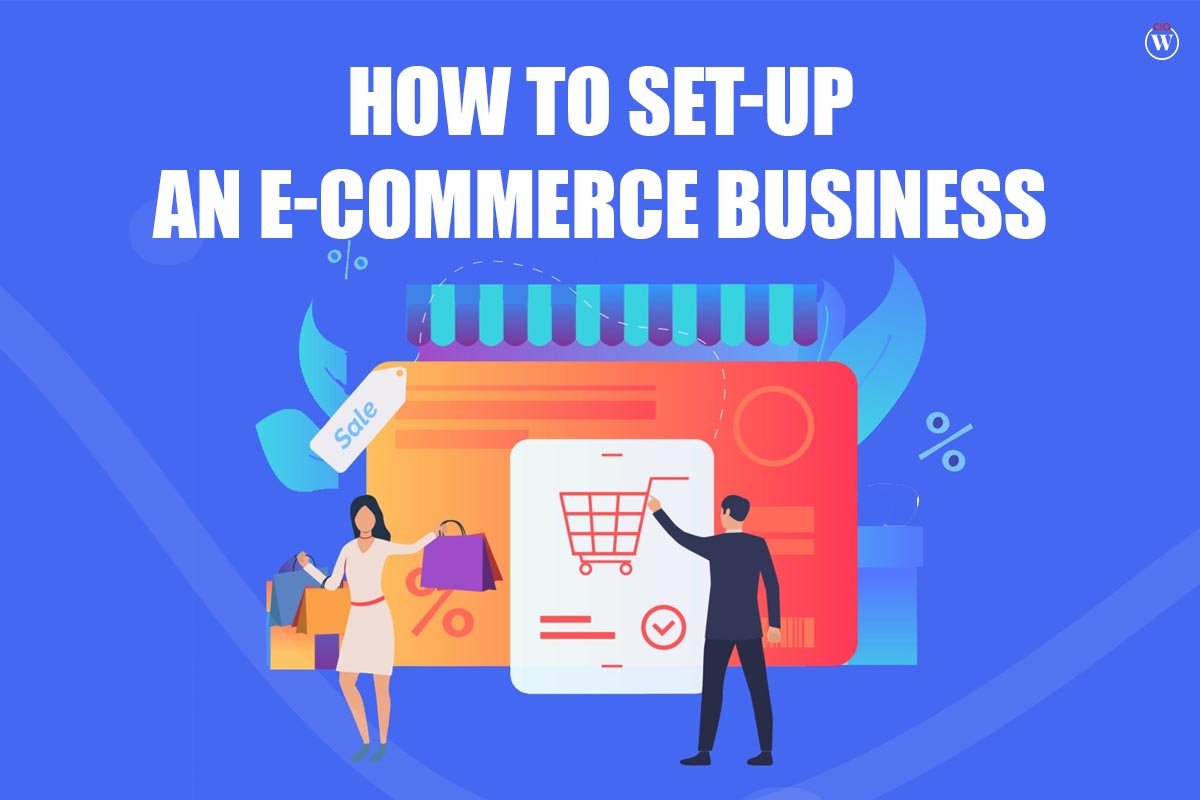Many, if not all, of the items listed on this page, are provided by our partners in exchange for compensation. This determines the goods we write about, as well as where and how they appear on a page. This, however, has no bearing on our ratings. Our views are entirely our own. Below is a list of our partners, as well as information on how we generate money.
An e-commerce Business offers products, services, and money over the internet. Beginning an e-commerce Business is similar to launching any other business in that you must design a business strategy, get licenses and permissions, and set up dedicated financing. In addition, you’ll need to choose an e-commerce website builder, source your items, and promote them to online clients.
Here is How to Set-up and E-commerce Business;
1. Specify your e-commerce company concept.
The first step in launching a company is to fine-tune your concept. Selling real or digital items, as well as professional services, are examples of online company ideas. Whichever path you choose, you’ll need to identify your company model and create a business plan that details your specialty.
During this phase, you will begin to ask a lot of questions, such as how you will deliver your items or services to your clients. What kind of licenses or licenses do you require? How much will it cost to get your company up and running, and how will you pay for it? Your company strategy should include answers to these concerns as well as a roadmap for the following months.
2. Establish your company
When you’ve decided on an e-commerce Business concept, the following step is to prepare your organization for success.
This comprises back-office procedures such as:
Making a decision on a company structure. Each of these entity kinds has advantages and disadvantages, so consulting with an attorney may be beneficial as you decide which is best for you.
Choosing a name for your company. Check the websites of your local secretary of state and the United States Patent and Trademark Office to confirm that you are not selecting a name that is already in use by another business. Check to check whether your desired company domain name is also available.

Obtaining an employer identification number (EIN). The IRS will provide you an EIN for free if you apply online, via mail, fax, or phone. An EIN is not required for all companies, but obtaining one might help you separate your personal and corporate funds.
Establishing a company checking account. NerdWallet suggests that all business owners have separate bank accounts for their companies.
Obtaining licenses and permissions your city or state needs. This will most likely involve a company license, as well as an occupational license if you provide services. Visit the website of your state or local government to see what is required in your region.
3. Find or create your items
After that, you’ll need to find things to sell. If you’re selling tangible goods, you may have to build them yourself or collaborate with a manufacturer.
Are you planning to buy in bulk and have inventory on hand? Will you use drop shipping, where things are created or obtained at the moment the purchase is placed? Dropshipping, in general, may reduce your overhead expenses, but it may be more complex to manage. Managing inventory needs more initial investment, but you will be able to pack and transport orders yourself.
If you’re offering professional services, you may just need to explain and list what you have to offer on your company website. Nonetheless, you must choose how much to charge and how many customers you can visit every day or week.
4. Create your e-commerce website.
Your shop will be your e-commerce Business website. It is where your clients will learn about you and your company, view your items, and buy from you.
Using an online shop builder is the simplest approach to creating a website. These tools can guide you through the whole process of building your website, from purchasing a domain name to managing your inventory to accepting credit card payments.

Shopify, Squarespace, Square Online, and Big Commerce are examples of popular e-commerce Business website builders. The optimal platform for you is both affordable and suited for your skill level. Most allow you to hire a professional designer or developer if you don’t want to construct the website yourself.
5. Determine order fulfillment
The process of putting consumers’ goods into their hands is known as order fulfillment.
The majority of e-commerce Business website builders include shipping label printing as the initial stage in the fulfillment process. Some also allow consumers to add shipping expenses to their items at checkout. If simple shipping is vital to you, emphasize it when selecting an e-commerce website builder.
If you decide to handle order fulfillment yourself, look into shipping costs to get an idea of how much it will cost. Remember that your e-commerce consumers might be anywhere in the globe. Make it obvious on your website if you are unwilling to ship to certain locations.
6. Promote your online store
You’re ready to start servicing clients now that your items or services are posted on your online shop and your website is up and running, as long as they can discover your stuff.
Your marketing plan may comprise the following elements:
Omnichannel commerce refers to the practice of listing your items on third-party marketplaces such as Amazon and Instagram. Certain e-commerce Business website builders may assist with this.

Influencer marketing is the practice of paying prominent social media producers to promote your e-commerce Business.
Paid social media advertisements or social media content.
Search engine optimization for your company’s website.
Sending email marketing to current and prospective consumers.
7. How to Start an E-Commerce Business
Starting an e-commerce Business, like establishing any other business, may be intimidating. Here are some pointers to help you get through the change.
1. Begin with the basics.
If you’re not sure e-commerce Business is the proper route for you, start with a low-cost web business. This might imply using a free e-commerce website builder, purchasing a limited quantity of inventory, or selling just one or two categories of things.
Beginning small may reduce the amount of startup investment required and make it simpler to pivot if your initial concept fails. As your company grows, you may upgrade to a more comprehensive e-commerce platform and increase your product range.
2. Develop a devoted consumer base
Customers who enjoy your items enough to purchase them more than once and, ideally, consumers who will recommend them to their networks are essential for your e-commerce Business.
Having a strong brand presence on social media might help you get followers. But, the more information you can acquire from your clients, the more directly you can sell to them, whether that means launching an email marketing campaign, giving discount coupons through text message, or informing them of your booth location at an event in their area.
3. Invest in multichannel selling
Loyal clients may be inclined to return to your website on a regular basis. To reach new ones, though, you may need to meet them where they are, which may be on Amazon, Instagram, TikTok, or elsewhere. Begin with the platforms where your clients are most likely to be, then deploy the integrations and monitor their performance. Platforms may be added later if they match your company plan.









